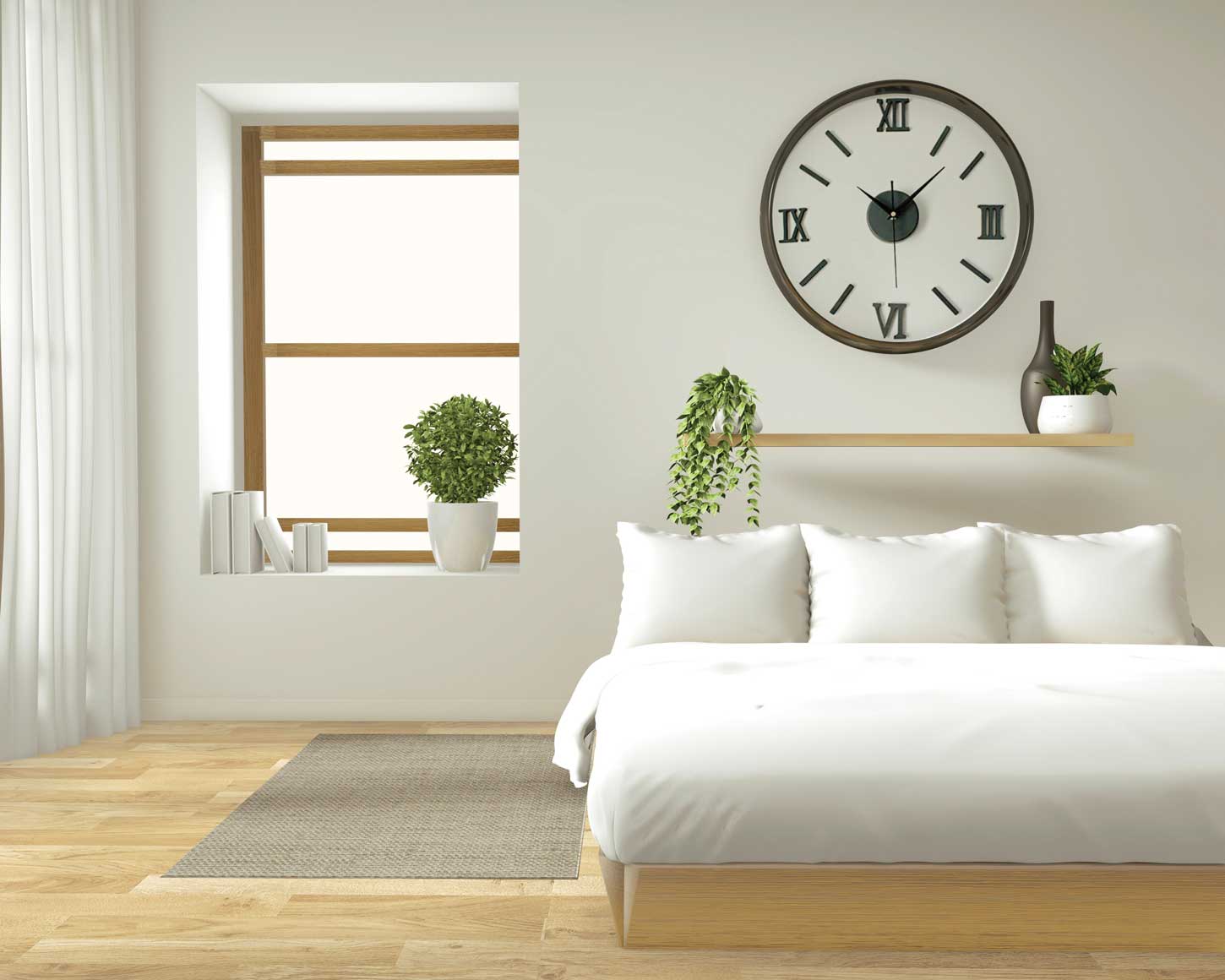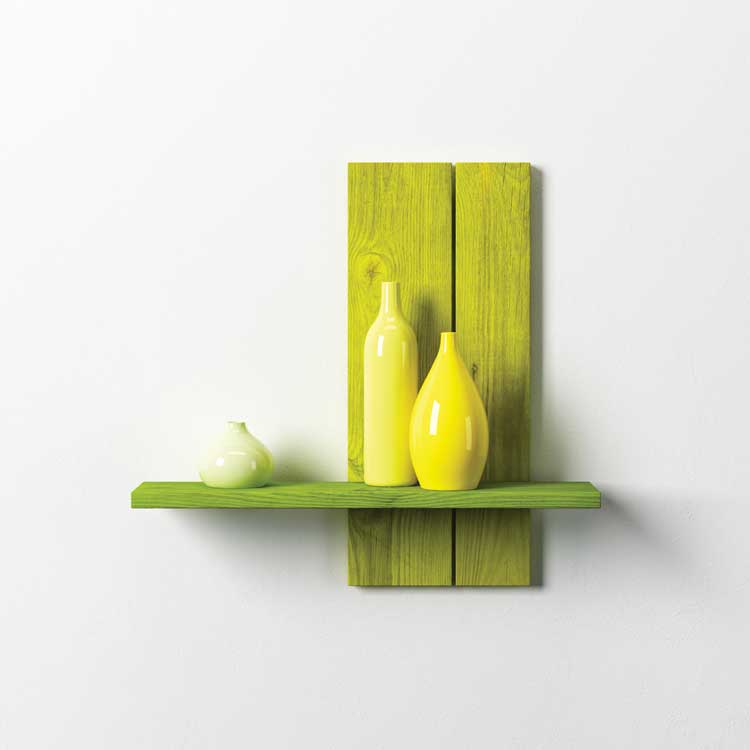BY Pallavi Pinakin
As a design aesthetic, minimalism is about clean lines, neutral colours and bare surfaces. The objective is to make you feel lighter on the inside by keeping your surroundings simple and uncluttered. Here are some ideas to make your home interiors more minimalistic.
DECLUTTER Most often, any bare surface tends to become a magnet for stuff – piles of papers on a desk or assorted objets d’arts on the dining table.
Ruthlessly eliminate all nonessentials that aren’t serving any utilitarian or aesthetic purpose and retain only the absolute essentials in your line of sight. Store the rest.

PRIORITISE Surround yourself with classic or unique pieces, which you genuinely enjoy having around and have stood the test of time rather than any impulse buys.
It’s also wise to invest in multipurpose pieces of furniture to minimise space and maximise function – dressers, which also serve as a desk or a sofa that comes with built-in storage, for example.
To avoid falling back into the clutter trap, follow the ‘one in, one out’ principle where you first get rid of one item in your home before bringing in another. This is a handy rule to follow even when you have storage capacity as unseen objects take up valuable space.
NEUTRALISE Minimalist interiors are all about neutral hues – think beige, cream or pale grey. They inspire a sense of calm, and provide the perfect backdrop for your statement pieces of furniture and decor.
Instead of colours, focus on integrating a variety of textures such as fluffy rugs, beaded pillows and gauzy curtains – these go a long way towards jazzing up your living spaces and keeping monotony at bay. If you want to incorporate different colours, choose natural and earthy tones that include hues like olive green or powder blue that are in keeping with your neutral base.
And don’t forget the flooring: opt for light parquet or simple tiles that complement the toned down vibe.
BRIGHTEN UP In a minimalist milieu, blank spaces are as impactful as busy spots. To avoid the clinical feeling that these gaps can create, let in warm natural light through the use of multiple windows and sheer curtains.
If exterior light is limited and installing more windows isn’t an option, strategically placed mirrors can open up a space. Natural elements like potted plants or clay pots work well to balance empty areas while adding lush pops of colour.


